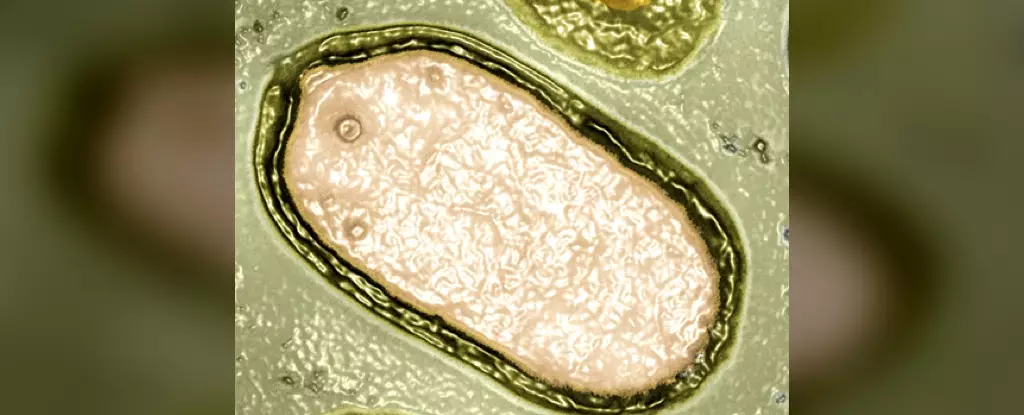Recent revelations from marine biology have brought to light a staggering array of giant viruses lurking in the depths of our oceans. Scientists, led by marine biologist Benjamin Minch and virologist Mohammad Moniruzzaman from the University of Miami, have undertaken an ambitious study examining water samples from various oceans, resulting in the identification of 230 new giant viruses, previously uncharted in the annals of science. This discovery emphasizes the intricate connection between life in our oceans and the enigmatic role of these powerful pathogens.
The oceans, often regarded as vast and untameable, are surprisingly teeming with life that is both fundamental and fragile. Protists, which encompass essential organisms like algae and amoebas, form the backbone of marine ecosystems. These tiny entities are not merely passive participants; they are critical to the global health of our environment. By mapping out the diversity of giant viruses that interact with these organisms, researchers are laying the groundwork for enhanced understanding of oceanic ecosystems. This understanding is alarmingly urgent as it bears direct implications for human health, particularly in predicting harmful algal blooms that threaten not only marine life but also coastal communities worldwide.
Revolutionary Techniques and Their Implications
The advent of novel computational tools has revolutionized the field. The bespoke software utilized by Minch and Moniruzzaman elucidates the viral genomes present in seawater with unprecedented accuracy, presenting a paradigm shift in how we approach marine microbiology. Thanks to these advancements, the once-daunting task of cataloging these giant viruses has been streamlined, facilitating a deeper insight into their behaviors and interactions.
What’s particularly concerning—and frankly, fascinating—is the insight that these viruses are adept at manipulating their hosts’ cellular functions. They possess genes that control critical processes like carbon metabolism and photosynthesis, which were once thought to be exclusive to cellular life forms. This revelation—suggesting that giant viruses can usurp the metabolic machinery of vital phytoplankton—highlights a darker facet of the ocean’s ecosystem: the delicate balance of life is subject to viral predation that could destabilize foundational food webs.
Furthermore, understanding the mechanics of giant viruses becomes paramount in our quest to protect the biosphere. Phytoplankton are the engines of the Earth’s oxygen supply. The implications of giant viruses preying on such critical organisms could be dire if we fail to comprehend this relationship.
Two Orders of Viral Complexity
Minch and his team discovered that the identified giant viruses can be classified into two existing orders: Imitervirales and Algavirales. These classifications reveal differences in infection strategies, where Imitervirales showcase greater genetic complexity. This genetic flexibility suggests an adaptable lifestyle, positioning these viruses to thrive across diverse host organisms. Such distinctions not only enhance our classification systems but also inform future research directions regarding viral ecology.
We stand at the precipice of a greater understanding of our oceans. Each droplet conceals an unseen world where viruses proliferate at an astounding rate. Researchers assert that we have only scratched the surface, as the oceans harbor countless viruses yet to be discovered. The methodological innovations outlined in this study show promise for future explorations, potentially transferring insights into pollution monitoring and pathogen detection in our waterways.
A Call to Action
As we further unravel the mysteries of these oceanic giants, it becomes evident that we are not just witnesses to a biological phenomenon—but participants in an unfolding crisis. With environmental threats looming over our oceans, from pollution to climate change, understanding viral dynamics is key to protecting marine ecosystems and, consequently, human health.
The revelations from this study are not just about cataloging the microscopic; they represent a vital endeavor that could alter our relationship with the ocean. Embracing this knowledge challenges us to shift our perception—from viewing ourselves as conquerors of nature to recognizing our role within its intricate web. If we are to protect the fragile balance of marine life from volatile forces, we must prioritize the research and the insights that this burgeoning field offers. The interconnectedness of life underscores a fundamental truth: to safeguard our oceans is to safeguard our future.

Leave a Reply